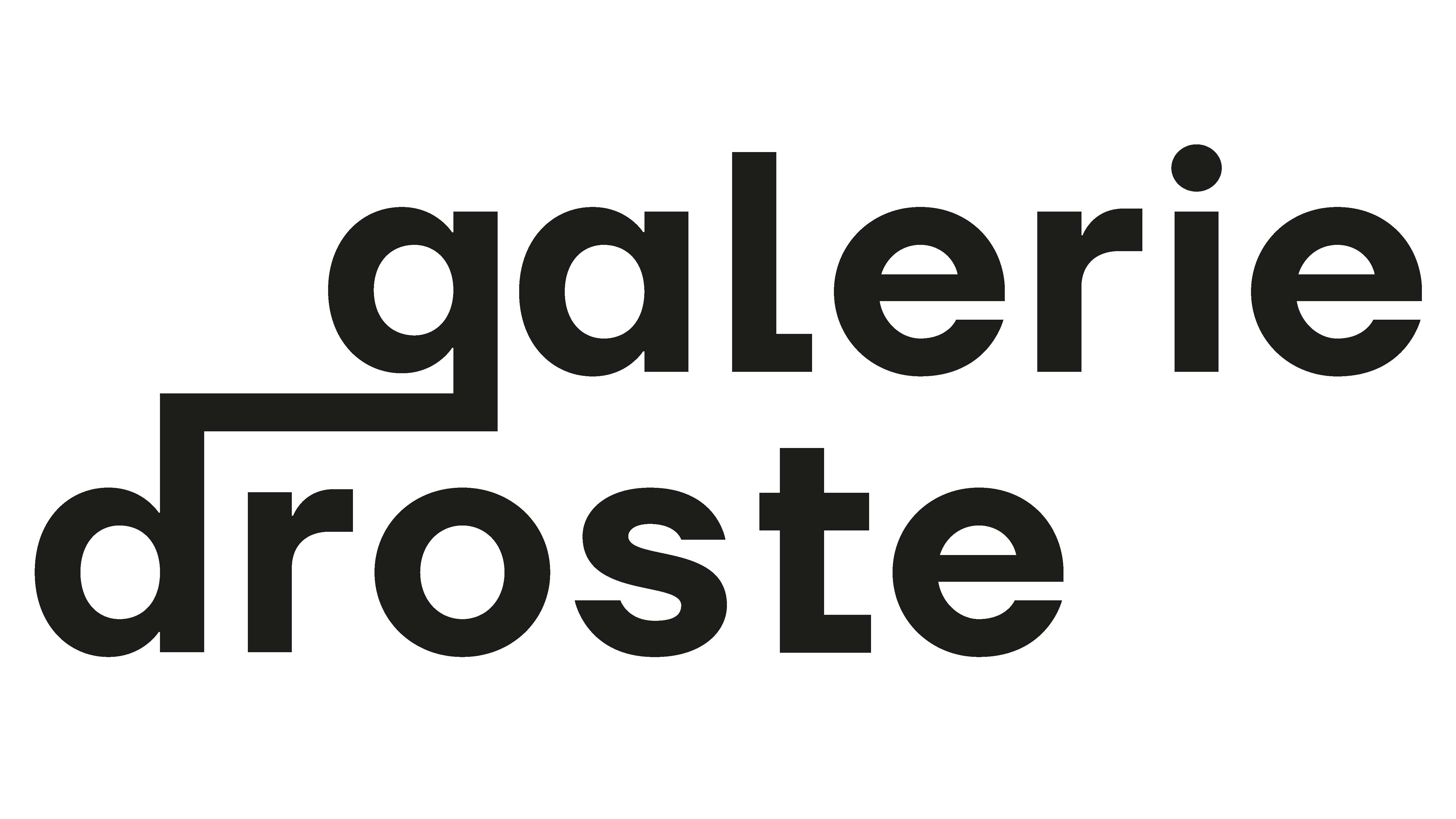In her first solo exhibition P.S. MAYBE SEE YOU AT THE SEASIDE, the artist Katharina Keller brings together various works and fragments from her artistic oeuvre. Like her research process, the exhibition takes the encounter with the works and with fragments from her family archive as its starting point. In this multi-layered process, she allows a dialogue to emerge that works on the urban surfaces and depths of personal and collective memories.
The work siberian brutalism therefore appears quite prominently in the exhibition, revealing part of her archive on the forms and uses of ornamentation in the wooden architecture of Siberia and thereby placing it in a spatial relationship with the existing exhibition architecture. As a basic principle of the Siberian tradition, the ornamental setting is found across great geographical distances. Always where the "inside comes out", on the hems of traditional clothing, on doors, windows and on roofs. At the same time, the ornamentation varies greatly in its form: the closer one approaches the border areas with Mongolia or China, the more the specific ornamentation of the respective region comes to the fore.
For Katharina Keller, the process of archiving is thus a drawing together of places and forms, as well as their references in the migration from a regional to a global context and vice versa. The works show themselves as an archive of ornaments, which finally builds up into an architecture of its own, oriented towards Soviet Brutalism. They come from Omsk, Novosibirsk, Blagoveshchensk, Listvyanka, Ulan-Ude, Ivolginsk, Tomsk, Irkutsk, Barnaul, Khabarovsk and other towns and villages.
In the exhibition P.S. MAYBE SEE YOU AT THE SEASIDE, these works meet a new cycle of works that focus on the reconstruction of her birthhouse from her memory. Immediately upon entering, visitors encounter a window frame made of wood, whose ornamentation reappears in the gallery as an independent element condensed in the work siberian brutalism. The works are accompanied by text fragments from Keller's diary and personal video recordings made during her research trips.
Personal memory now poses questions of belonging to these specific, horizontal movements of life, which are, however, dissolved by the traces on the representational surface of collective memory. They act as a force that can pull them ever tighter together or alienate them, depending on the context. By immersing us in this intimate preoccupation, Katharina Keller allows us a glimpse into the complicated entanglements of belonging and origin. She creates a fictitious place in a fictitious temporality, which is necessitated by uncertainty and yet defies comparison.
Katharina Keller (born 1990, in Omsk) has been a master student of Marcel Odenbach since 2021 and is currently studying with Dominique Gonzalez-Foerster at the Düsseldorf Art Academy. She lives and works in Düsseldorf.

